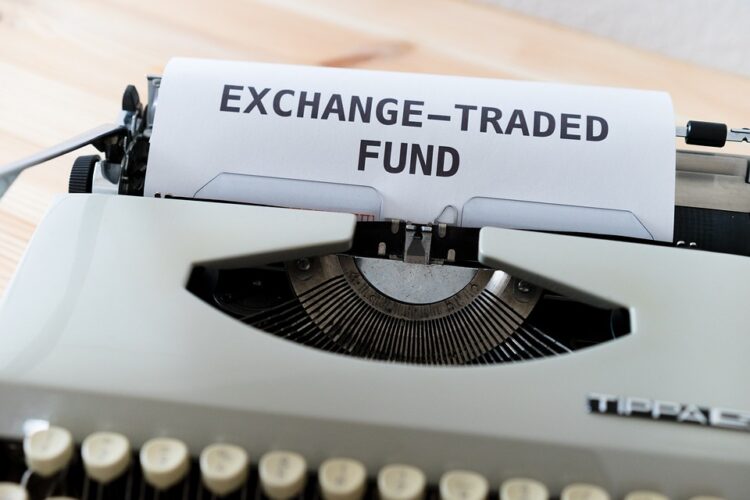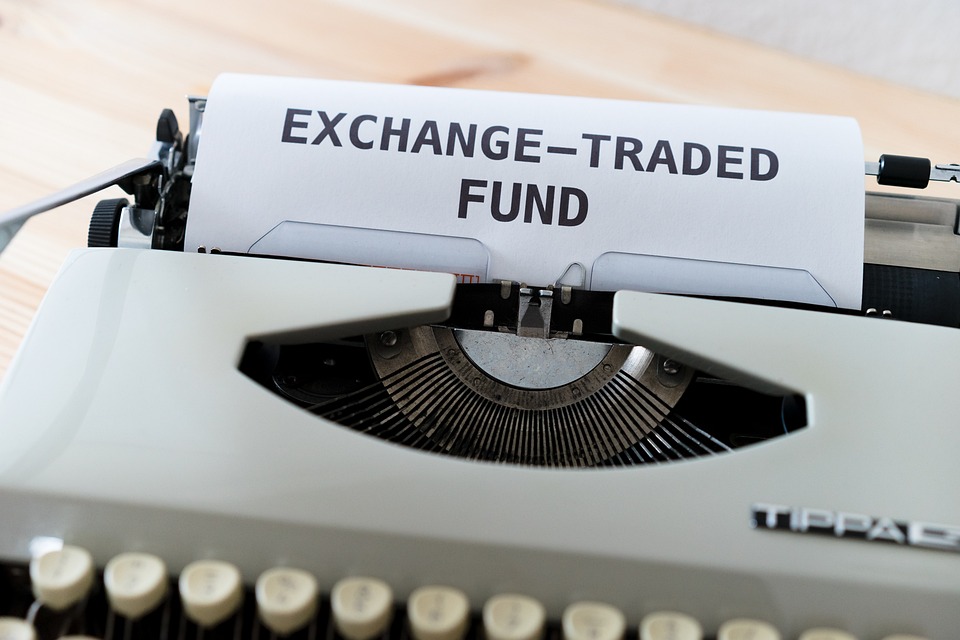
 Image Source: Pixabay
Image Source: Pixabay
The world’s biggest economy emerged weaker at the start of 2024 due to lower consumer and government spending amid growing inflation. The economy expanded at the slowest pace in two years, with GDP rising 1.6% annually in the first quarter, missing Wall Street expectations of a 2.4% increase.The growth reflects a clear slowdown from the 3.4% increase in the fourth quarter of 2023, which was the weakest growth rate since mid-2022 and was also much lower than 4.9% reported in the year-ago quarter.In such a scenario, investors should bet on defensive areas that will likely see growth even if the economy slows down. These include sectors like utilities, real estate, healthcare and consumer staples, as well as dividend-paying stocks. ETFs from these areas — Utilities Select Sector SPDR (XLU – Free Report), Vanguard Real Estate ETF (VNQ – Free Report), iShares U.S. Healthcare Providers ETF (IHF – Free Report), Invesco Food & Beverage ETF (PBJ – Free Report) and Vanguard Dividend Appreciation ETF (VIG – Free Report) — appear to be excellent choices.
Why Should You Invest in These ETFs?
Being a low-beta sector, utility is relatively protected from large swings (ups and downs) in the stock market and is thus considered a defensive investment or a safe haven amid economic or political turmoil. Real estate also acts as a safe haven in times of market turbulence and concurrently offers higher returns with their juicy yields.Healthcare, which generally outperforms during periods of low growth and high uncertainty, garnered investors’ interest owing to its non-cyclical nature. The consumer staples sector also sees steady demand in the wake of an economic downturn on account of its less correlation with the economic cycles. It generally acts as a safe haven amid political and economic turmoil.Further, dividend-paying securities are major sources of consistent income for investors when returns from the equity market are at risk. These stocks offer the best of both worlds — safety in the form of payouts and stability in the form of mature companies that are less volatile to large swings in stock prices. The companies that offer dividends generally act as a hedge against economic uncertainty and provide downside protection by offering outsized payouts or sizable yields on a regular basis.
Inside the Slow GDP Growth
The gradual slowdown reflects higher borrowing rates for home and auto loans, credit cards, and many business loans, as interest rates are hovering at a 22-year high. This has curtailed consumer spending, exports, and state, federal and local government spending.Consumer spending, which accounts for more than two-thirds of U.S. economic activity, rose 2.5% in the first quarter, down from more than a 3% rise in each of the previous two quarters. Though spending on services — everything from movie tickets and restaurant meals to airline fares and doctors’ visits — rose at the fastest pace since mid-2021, consumers cut back spending on goods such as appliances and furniture for the first time since the summer of 2022.Meanwhile, savings rates have fallen as sticky inflation puts greater pressure on the consumer. The personal saving rate within the United States — savings as a percentage of disposable personal income — was 3.6%, down from 4% in the fourth quarter and well below the pre-pandemic level of 6.9% logged at the end of 2019. The economic growth is expected to decelerate in the following quarters as consumers are likely near the end of their spending splurge.The Federal Reserve’s preferred inflation gauge, the personal consumption expenditures (“PCE”) price index, grew at an annualized rate of 3.4% in the first quarter, nearly double the 1.8% pace logged during the fourth quarter. Core PCE inflation, which excludes the costs of food and energy, climbed 3.7%, up from the fourth quarter’s 2% pace, per the Bureau of Economic Analysis (read: ETF Strategies to Play Hot Inflation Data).The GDP data, showing the combination of slower growth and sticky inflation, provides the backdrop for stagflation. While a slowdown in economic growth calls for the easing of interest rates, the hotter inflation has put a limit on the Fed’s ability to take action.However, the U.S. economy is performing well than the other developed nations. The International Monetary Fund has projected that the world’s largest economy will grow 2.7% this year, up from 2.5% last year and more than double the agency’s growth expectation for Germany, France, Italy, Japan, the United Kingdom and Canada.
ETFs in Brief
Utilities Select Sector SPDR (XLU): It targets the broad utility sector by tracking the Utilities Select Sector Index with AUM of $12 billion and an expense ratio of 0.09%. XLU has a Zacks ETF Rank #3 (Hold).Vanguard Real Estate ETF (VNQ): It follows the MSCI US Investable Market Real Estate 25/50 Index. Vanguard Real Estate ETF is the most popular ETF with an AUM of $31.2 billion and has a Zacks ETF Rank #3.iShares U.S. Healthcare Providers ETF (IHF): It provides exposure to companies that offer health insurance, diagnostics and specialized treatment. IHF has amassed $808.6 million in its asset base and charges 40 bps as annual fees. It has a Zacks ETF Rank #3.Invesco Food & Beverage ETF (PBJ): It offers exposure to the companies engaged in the manufacture, sale or distribution of food and beverage products, agricultural products and products related to the development of new food technologies. With an AUM of $130 million, Invesco Dynamic Food & Beverage ETF charges 57 bps in annual fees from investors and has a Zacks ETF Rank #3.Vanguard Dividend Appreciation ETF (VIG): It is the largest and the most popular ETF in the dividend space, with an AUM of $76.2 billion. The fund follows the S&P U.S. Dividend Growers Index, which comprises stocks of companies that have a record of increasing dividends over time. Vanguard Dividend Appreciation ETF charges 6 bps in annual fees and has a Zacks ETF Rank #1 (Strong Buy).More By This Author:What’s In Store For Microsoft And Its ETFs This Earnings Season?
5 Niche ETFs That Outperformed Last Week
Meta Platforms ETFs To Buy Ahead Of Q1 Earnings















